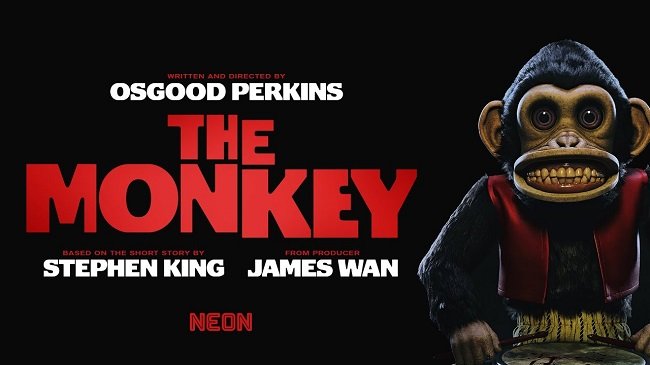A Bay of Blood (1971)
Disabled countess Federica Donati (Isa Miranda) is strangled to death by her husband, Filippo Donati (Giovanni Nuvoletti). Filippo is subsequently stabbed to death by an unseen assailant, and his body is then dragged to the bay beside their mansion. The police investigate and find a suicide note written by the countess, but do not discover Filippo's murder. Real estate agent Frank Ventura (Chris Avram) and his lover Laura (Anna Maria Rosati) are plotting to take possession of the bay. When the Countess refused to sell her estate to them, the couple conspired with Filippo to murder his wife. The pair are unaware that Filippo is dead and cannot proceed with their scheme without his signature. Meanwhile, four local teenagers Duke (Guido Boccaccini), Bobby (Roberto Bonanni), Denise (Paola Montenero) and Brunhilde (Brigitte Skay) break into the seemingly deserted mansion, looking for fun. However, they are soon killed one by one. Are all these events connected?
A Bay of Blood (AKA Twitch of the Death Nerve) is a giallo, as the complexity of the prior plot synopsis may indicate to those familiar with the genre (I only summarised the first 30 minutes of the film). However, the film contains many of the tropes that would later become staples of the slasher genre, a decade later. There has been some debate among fans whether A Bay of Blood is indeed a proto-slasher but it has too many hallmarks of a giallo. The most obvious being that the murders are all due to human agency with real life motivations. Slasher films feature antagonists who kill through psychosis or sometimes, without motivation at all and often have supernatural abilities. Setting aside such debates, director Mario Bava certainly changed the trajectory of the giallo genre, taking a more violent and exploitative approach. The lavish visual style is still present, but the focus of the set pieces has changed from suspense to gore.
As well as being a giallo, A Bay of Blood is a rich slice of early seventies, Italian pop culture. Hence our quartet of hip and groovy teens arrive in a Dune Buggy, sporting flares and mini dresses and doing the shake to a particularly funky soundtrack by Stelvio Cipriani. As ever with Italian cinema, the production design and sets are creative and stylish. Mario Bava once again handles cinematography himself and composes some creative and dynamic scenes. The pastel shades and autumn colours of previous films such as Black Sabbath and Blood and Black Lace are replaced with starker lighting designed to reinforce the impact of the grisly set pieces. Special effects artist Carlo Rambaldi (who a decade later worked on Alien and E.T.) designed and executed the graphic death scenes. Two of which, the machete to the face and the couple having sex impaled by a spear, were subsequently “repeated” in Friday the 13th Part 2.
To the casual viewer, A Bay of Blood is a somewhat archaic whodunnit with a high and gory body count. They may also feel that the period trappings date the proceedings. However, to those who are more familiar with gialli or simply have a greater tolerance for material outside of the current mainstream, then A Bay of Blood is an interesting piece of genre history. The story is delightfully convoluted as well as implausible and the violence is flamboyant and stylised. Like most Italian films from this era, dialogue has been added in post-production, which gives such films a very unique soundscape. It is clear that this film was a major influence on American cinema a decade later and although not a slasher movie, it certainly established the foundations of that genre of film. A Bay of Blood is designed to be an assault upon the senses, rather than a logical, linear horror film. Viewed on such terms it can be very rewarding.




























